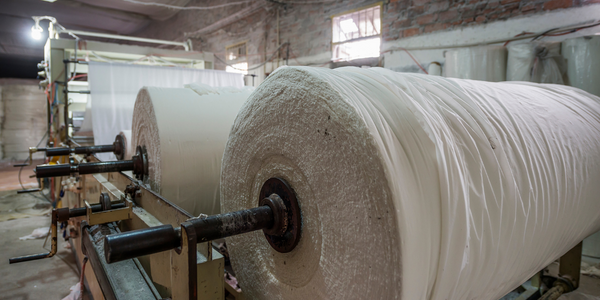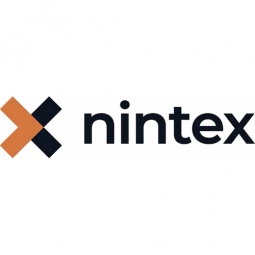Technology Category
- Infrastructure as a Service (IaaS) - Public Cloud
- Platform as a Service (PaaS) - Application Development Platforms
Applicable Industries
- Electronics
- Paper & Pulp
Applicable Functions
- Quality Assurance
Use Cases
- Inventory Management
- Personnel Tracking & Monitoring
Services
- System Integration
About The Customer
The County Court of Victoria is a public sector organization based in Australia. It hears about 12,000 cases a year, including criminal and civil cases, and has jurisdiction over all criminal matters except murder and treason. The court serves Victoria’s 6.4 million people and is committed to providing prompt service. However, the court was struggling with overwhelming paperwork and a legacy case management system that was difficult to use. The court recognized the need to modernize its high-volume paperwork management and sought a digital and automated solution to replace its paper-based case management processes.
The Challenge
The County Court of Victoria, which hears about 12,000 cases a year, was struggling with an overwhelming amount of paperwork. The existing legacy case management system was not comprehensive and was difficult to use. The court needed to modernize its high-volume paperwork management but was unsure of where to start or which technology to use. The first process that needed attention was the directions correspondence workflow, which generated hundreds of pieces of correspondence that had to be individually printed and assigned. The next challenge was the convoluted manual process of auditing and compliance, which required pulling files from different locations and was difficult to manage due to lack of a top-down view of all activities. Lastly, the court faced the challenge of collecting information for cases that had a plea or trial which may not be recorded in the case management system. The existing method was antiquated and fragmented, requiring hard copy questionnaires to be transposed and typed into spreadsheets.
The Solution
The court implemented Nintex K2 Five to digitize its paper processes and capture information electronically. The software helped the court connect different IT systems and replace paper processes. The directions correspondence workflow was streamlined with K2 Five, which integrated with the Court’s iManage CRM system. The software efficiently routed documents to the correct party, assigning appropriate priority levels. For auditing and compliance, the K2 Five task-based system provided a unified list of audits that needed to be performed across different courts. The system routed audit processes to the appropriate owners and kept track of upcoming audits, automatically assigning tasks. For collecting information for cases, i2 Management used K2 Five to build a SmartForm, replacing paper-based forms. The new method allowed the courts to extract more meaningful data and store it in a data warehouse.
Operational Impact
Quantitative Benefit

Case Study missing?
Start adding your own!
Register with your work email and create a new case study profile for your business.
Related Case Studies.

Case Study
Remote Temperature Monitoring of Perishable Goods Saves Money
RMONI was facing temperature monitoring challenges in a cold chain business. A cold chain must be established and maintained to ensure goods have been properly refrigerated during every step of the process, making temperature monitoring a critical business function. Manual registration practice can be very costly, labor intensive and prone to mistakes.

Case Study
Wireless Improves Efficiency in Compressed Air Systems
Hollingsworth and Vose wanted to improve the efficiency of their compressed air system, lower the electricity expense component of manufacturing cost in their commodity industry, and conserve energy leading to lowered greenhouse gas emissions. Compressed air systems degrade over time and become leaky and inefficient. Hollingsworth and Vose wanted to increase the frequency of system inspections without paying the high cost of manual labor.

Case Study
Predictive maintenance in Schneider Electric
Schneider Electric Le Vaudreuil factory in France is recognized by the World Economic Forum as one of the world’s top nine most advanced “lighthouse” sites, applying Fourth Industrial Revolution technologies at large scale. It was experiencing machine-health and unplanned downtime issues on a critical machine within their manufacturing process. They were looking for a solution that could easily leverage existing machine data feeds, be used by machine operators without requiring complex setup or extensive training, and with a fast return on investment.

Case Study
Cloud Solution for Energy Management Platform-Schneider Electric
Schneider Electric required a cloud solution for its energy management platform to manage high computational operations, which were essential for catering to client requirements. As the business involves storage and analysis of huge amounts of data, the company also needed a convenient and scalable storage solution to facilitate operations efficiently.









